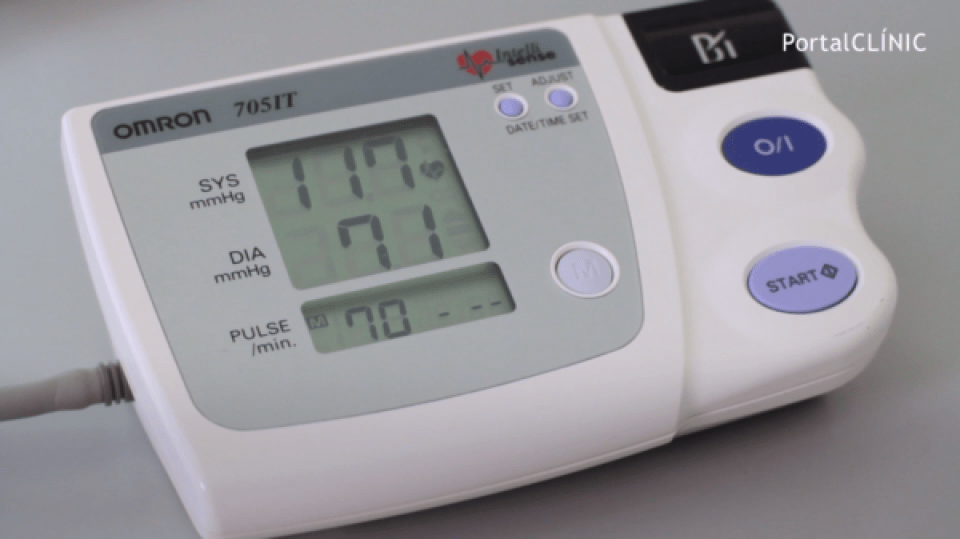In a study published in 2018, with the collaboration of the University of Barcelona, it was concluded that high blood pressure levels measured independently at home are reliable for detecting hypertension, as well as to prevent future cardiovascular problems. This fact was discovered after studying a sample of more than 60,000 adults in Spain over a five-year period. It was able to conclude that self-measurement of blood pressure by the patients was a reliable way to detect hypertension and thus, prevent future health problems.
The Spanish Hypertension Society (SEH-LELHA) recommends ensuring that the blood pressure does not fall outside the values considered dangerous, between a maximum of 140 mmHg (systolic) and a minimum of 90 mmHg (diastolic).
The three basic forms of measuring blood pressure are: measured in the clinic, ambulatory blood pressure monitoring (ABPM), and home blood pressure monitoring (HBPM). This last one is a simple, safe, and very useful technique to determine a patient’s blood pressure levels. Depending on the values obtained the patient may be diagnosed. Furthermore, correctly measuring the blood pressure is essential to improve the control and treatment of hypertension.
To be able to take the blood pressure correctly, it should be taken under standard conditions: 15 minutes beforehand the patient must not smoke, drink alcohol or drinks with caffeine, as well as not do any exercise. During the measurement, it is important to be sitting down without crossing the legs; have the arm supported on a table at the height of the heart; take two separate measurements separated by two minutes; and use a suitable cuff around the arm.
The best time to take it is first thing in the morning on getting out of bed, and last thing before dinner. It is also important to check that the electronic device being used is validated with a European Community certificate, which is required from all manufacturers in order to ensure the safety and quality of the apparatus.
Thus, the SEH-LELHA advises taking the blood pressure periodically, at least once a year, with the aim of assessing the cardiovascular risk of each person as soon as possible.




